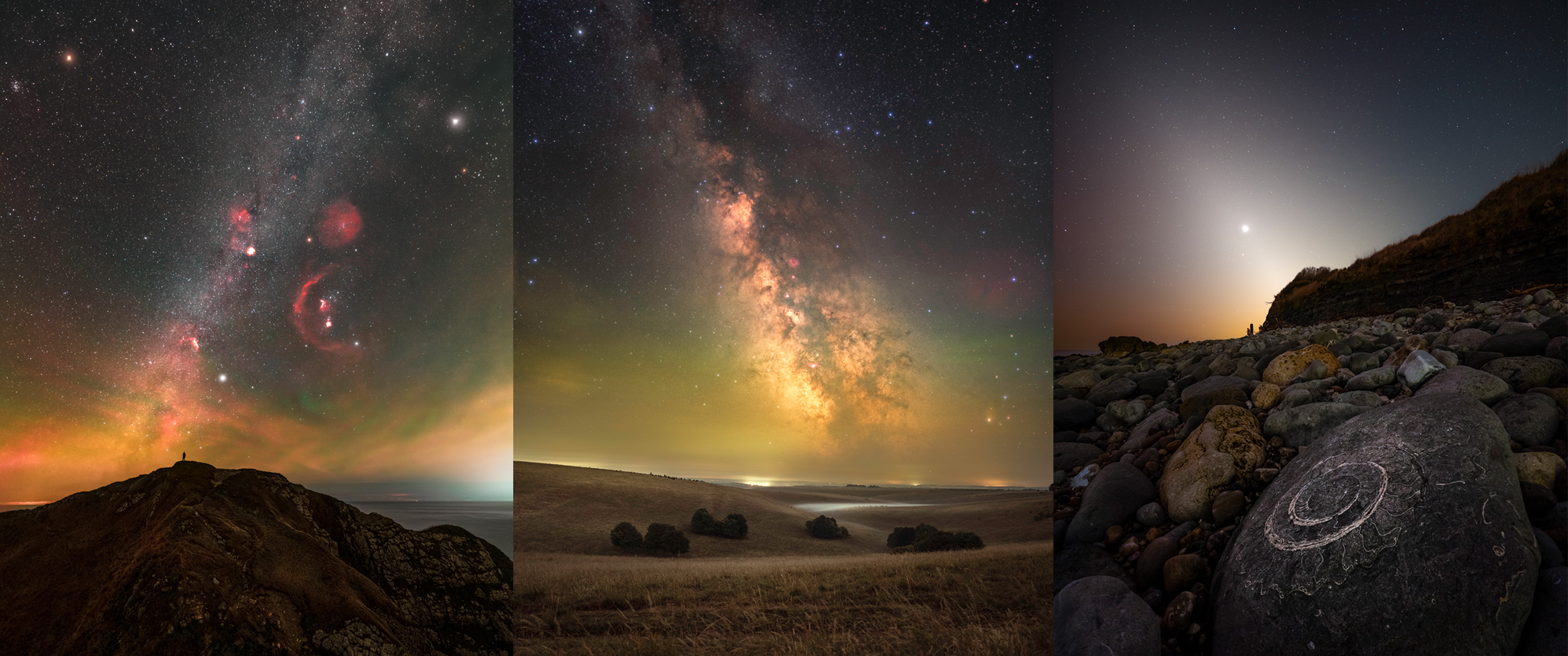'Living Wire' Can Heal Itself When Cut
In the classic sci-fi film "2001: A Space Odyssey," the evil computer Hal 9000 is finally defeated when a courageous scientist disconnects Hal's internal processing units. But if researchers from North Carolina State University in Raleigh succeed in bringing their self-healing wire to market, Hal could live again.
Their electricity-conducting live wire contains a core of liquid metal — a fluid alloy of gallium and indium — according to Gizmag.com. The liquid is housed within a polymer sheath that's also stretchable, giving the wire some additional functionality.
If the wire is cut, the liquid alloy oxidizes, forming a hard crust. "Think of it in the same way the blood clots to create a scab so we don't bleed to death when we're cut," Treehugger.com reports.
But beneath its outer crust, the alloy is still liquid and retains its ability to conduct electricity. When the two severed ends of the wire are joined together, the alloy's electrical connection is restored.
The liquid alloy isn't the only amazing thing about this wire: The outer polymer sheath is also self-healing. When two severed ends are placed against one another, "the sheath re-forms its molecular bonds," according to an NCSU press release.
As the above video shows, about 10 minutes after rejoining, the severed wire cannot be pulled apart again at the cut point.
The NCSU researchers' report in the journal Advanced Materials describes how the self-healing wire isn't limited to your standard two-way connections. "By cutting the channels strategically, the pieces can be re-assembled in a different order to form complex microfluidic networks in 2D or 3D space."
Get the world’s most fascinating discoveries delivered straight to your inbox.
Researchers hope the wire will be useful in extreme conditions where repairing standard wires is difficult, expensive or dangerous — such as, perhaps, the insides of an evil computer named Hal.
Follow LiveScience on Twitter @livescience. We're also on Facebook & Google+.




